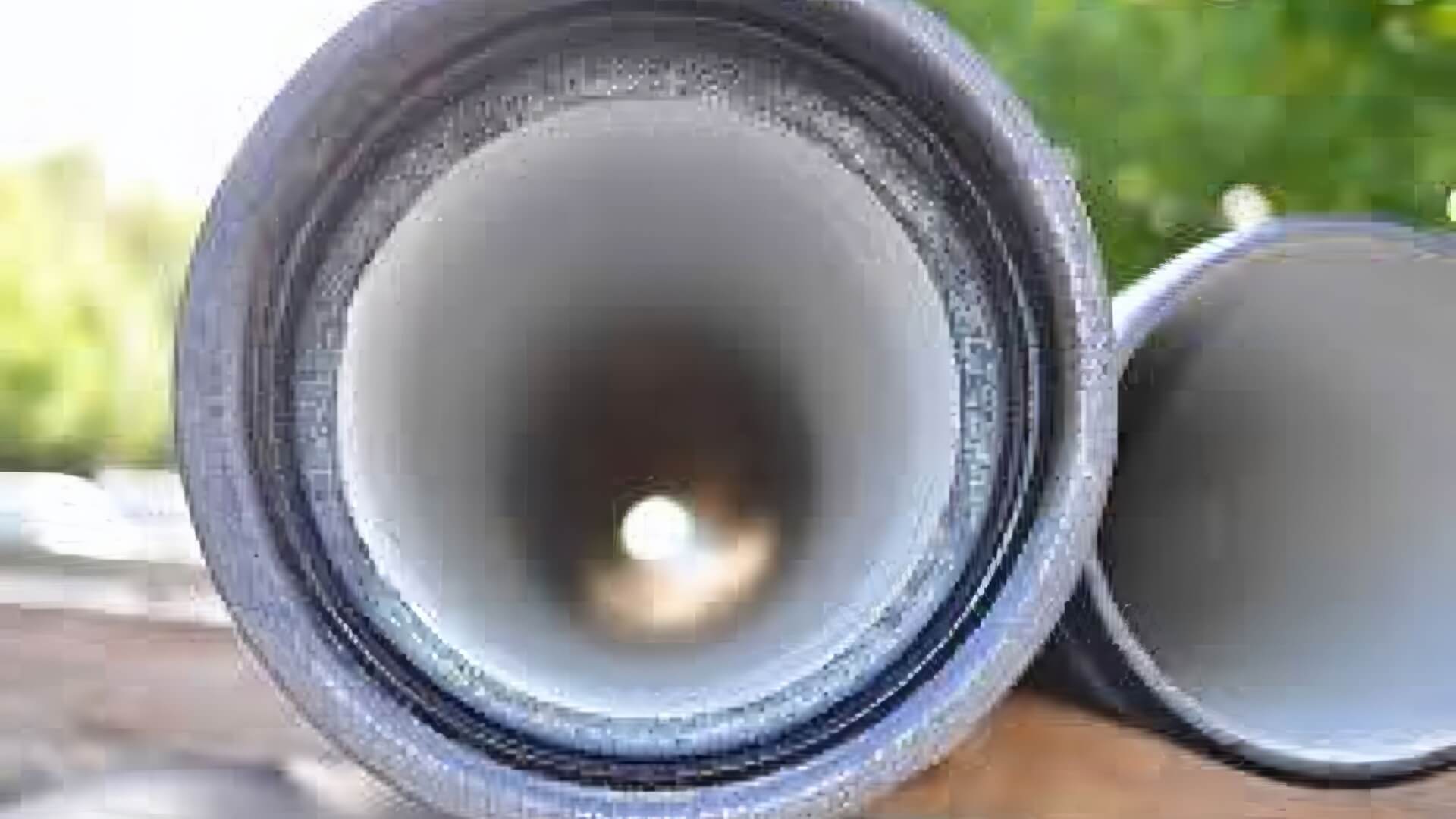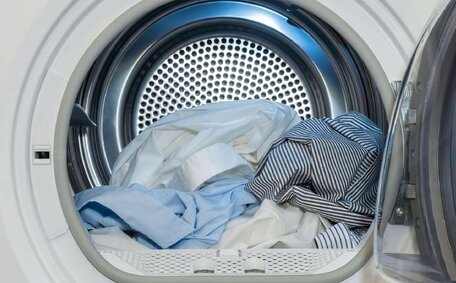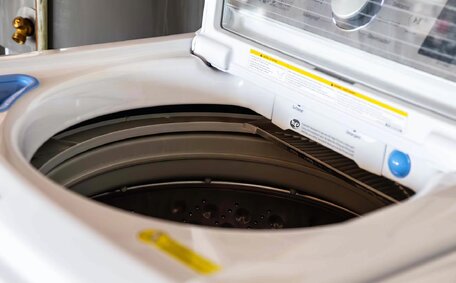Understanding Sump Pump Failure: Why Do Sump Pumps Stop Working?
Sump pumps, essential for groundwater removal and flood prevention, are often integrated with a drain tile system in homes throughout Oatlands, Sydney. They typically last 8-12 years, but can fail prematurely for many reasons. In the event of a power outage, it’s crucial to have a plan of action for when your sump pump ceases operation. Essentially, you’ll need an alternative like a backup system to prevent water from backing up.
Other common reasons sump pumps fail include:
- Improper sizing - A pump that’s too small can become overloaded when water can overwhelm the system during heavy rain
- Clogs - Accumulating debris like silt and roots can make the pump fail to expel water efficiently
- Mechanical issues - Defective switches, worn impellers, or a malfunctioning check valve can cause sump pump failure
Grasping the basics of sump pump overflow and the role of an air relief hole is vital for future flood prevention in your basement. Taking a proactive approach with regular maintenance helps you keep up with the demands on your pump when you need it most.
An undersized or worn pump usually requires replacement. Clogged pumps, especially when they are often too small for the space, located in your basement or crawl space, require debris removal. Power outages underscore the importance of an alternative power source to protect your basement.
Detecting a Failed Sump Pump: Signs and Indicators
Routine inspection and preventive maintenance are crucial to keep water at bay and avoid catastrophic basement flooding. There are several clear signs that can indicate your pump is failing:
- Standing water or flooding in the sump pit -
- Unusual noises - Clanging, grinding, or loud humming from the sump pit are telltale signs of potential issues.
- Pump malfunction that can cause water back up during rain - Your pump should operate during and after heavy rain to manage the rising water level efficiently
- Higher humidity in the basement - A failed pump allows groundwater to saturate the soil around your home’s foundation, establishing the perfect environment for mold growth
To assess functionality, fill the sump pit with a bucket of water and watch for the sump pump’s correct cycling on and off. If any anomalies occur, contact our expert technicians immediately to diagnose and repair your failed pump before catastrophic flooding and water damage strike your basement.
Responding Quickly: What To Do When Your Sump Pump Fails
Understanding what do when your sump pump fails is key to avoiding severe water damage. Here are the steps to take immediately:
- Use a spare or hand pump if available to pump out the water and bring the situation under control quickly. Place it in the sump pit and confirm it’s pumping efficiently.
- Use towels, a wet/dry vac, buckets and a submersible pump to manually remove water from the basement. Securing a handle on the situation to get water levels down minimises further flooding.
- Check the power, discharge pipe, float switch and inlet screen for clogs. Clearing jams mobilises your primary pump.
- Contact our plumbers at Oatlands Plumbing for emergency sump pump repairs if necessary. Our expert technicians are available 24/7 to diagnose issues and restore your basement to a livable condition.
The longer water sits in your basement, especially if your sump pump stopped functioning, the higher the chances of irreparable destruction. Promptly call Oatlands Plumbing to ensure a skilled technician addresses the issue proficiently.
Mould, rot, and structural deterioration can develop within 48 hours. Steer clear of DIY repairs amid considerable water to deter mould and mildew proliferation.
Emergency Water Removal From Your Basement
When facing a flooded basement from a failed sump pump, swift action is needed to remove the water and prevent further damage. Here are key steps to take:
- Use a portable submersible pump, wet/dry vacuum, buckets and towels to manually extract as much standing water as possible. Remove accessories like rugs and furniture obstructing water removal.
- Open windows and doors to increase ventilation and airflow. Position fans strategically around wet areas to facilitate evaporation. Dehumidifiers also aid moisture removal.
- Check walls and floors for soft, damp sections. Probe any suspicious areas with a moisture sensing device to identify and address unseen water saturation behind walls or under floors before mould takes hold.
- Once major flooding is under control, thoroughly scrub affected areas with antimicrobial solutions to inhibit mould growth. Completely dry surfaces before assessing needs for replacement.
- Call Oatlands Plumbing to professionally handle damage restoration and sanitise your basement, ensuring proper functioning of your home’s water removal systems. Our IICRC certified restoration specialists can remediate any remaining moisture issues and flood damage.
Immediate and comprehensive measures curtail initial harm and forestall secondary damage, decay, and hazardous mould infestations. Reach out to us today at Oatlands Plumbing, and our responsive emergency teams can swiftly restore your basement’s safety after a pump mishap.
Protecting Your Home and Belongings from Water Damage
A failing sump pump exposes your home and belongings to the risk of water damage. Here are some tips to safeguard your belongs:
- Elevate items from the basement floor when feasible. Take care to store them on elevated platforms such as shelves, pallets, or racks.
- For items that can’t be moved, encircle them with waterproof barriers like silicone seals or temporary flood walls.
- Wrap susceptible assets in waterproof material like tarps or polyethylene sheeting and secure with waterproof tape.
- Move electronics, paperwork, furniture and rugs out of the basement to higher levels in your home.
While these steps require some time and effort, protecting your irreplaceable mementos, archives and other prized possessions from flood damage is well worth it. And Installing a backup sump pump provides peace of mind, protecting against failures that could otherwise water your basement.
Troubleshooting Common Sump Pump Problems
Inlets can clog as debris collects in the pit, leading to worn down impellers and pipes. Maintain unobstructed float movement and flap valves that seal appropriately to Avoid activities that will make your pump work harder.
Lubricate motors sparingly per specifications.
For minor do-it-yourself troubleshooting, check all power connections or reset tripped breakers. Clear blockages in inlet meshes and pipes feeding the pit.
Remove stuck debris around the impeller or discharge. Make sure pump functionality is intact by pouring water into the basin and observing the cycle.
For continued operation issues, Oatlands Plumbing’s specialists can diagnose causes. We inspect sizing, age, wiring configurations, backup systems and drainage placements. Should repairs or replacements become necessary, consider calling on our expertise to prevent future flooding while optimising your system. Contact us to protect your Oatlands home from water damage.
Clogs, Debris, and Blocked Pipes
Clogged sump pumps can cause failure, leading potentially to water damage if they can’t pump away your groundwater effectively. Debris like silt, roots, and sediment can build up over time and block water flow. To clear clogs:
- Unplug the pump’s power cord for safety.
- Check intake screens and remove built-up debris. Use tweezers or pliers if needed.
- Snake a flexible auger down discharge pipes to dislodge stuck items.
- Flush pipes with water to test flow. Repeat snaking if necessary.
- Consider having pipes inspected and replaced if ageing, punctured or frequently clogged.
Prevent sump pump future clogging by installing a mesh filter bag to capture debris around pump intakes. Regularly check discharge lines and pit screens as part of routine maintenance can help prevent clogs. Contact Oatlands Plumbing if chronic blockages persist for a full system assessment and upgrades.
Faulty Float Switch or Pump Motor
The float switch and pump motor are critical components that allow a sump pump to function properly. The float switch activates the pump motor when water in the sump pit rises to a certain level. Some common issues that can occur include:
- Faulty float switch - The switch can become stuck, preventing the pump from turning on even when water is present. Or the switch may activate too frequently, causing unnecessary pump cycles.
- Pump motor failures - These electric motors can wear out and eventually turn off over time. Problems like burned-out windings, stuck impellers or damaged seals will cause pump failure.
- Voltage irregularities – Improper wiring or unsupported voltage can damage motors. Check user manuals for correct voltages.
Basic troubleshooting for causes sump pump failure includes jiggling the float switch to dislodge it or testing voltage readings at the pump motor.
But professional assessments are necessary for fixing complicated electrical issues that can cause sump pump failures. Our licenced technicians can correctly diagnose switch, motor and wiring problems. We’ll repair or replace damaged parts to restore normal function.
Rely on Oatlands Plumbing’s expertise with all complex sump pump repairs. We stock common replacement parts to minimise project timelines and home disruptions after diagnosis. Trust us to get your system working again quickly, and learn more about keeping your system optimal.
Frozen or Jammed Discharge Lines
Sump pump discharge lines channel water from the sump pit to a safe distance from your home. In cold climates like Oatlands, these lines can freeze in the winter or become jammed with debris.
Signs of frozen or clogged discharge lines can lead to the following indications:
- A situation where the sump pump ceases to function without water being pumped out
To defrost a frozen discharge line:
- Apply a hairdryer or space heater to clear ice from the external plastic discharge pipes.
- Pour warm water over exposed pipes, ensuring none enters the sump pit.
- Check piping for cracks or splits after thawing.
To clear jams:
- Disconnect the pump and employ a drain snake to forestall clogging should the pump stop.
- Consider re-routing or substituting old or impaired discharge pipes.
Insulate ground pipes and install a discharge line screen filter to avoid freezing and blockages. Contact our plumbers at Oatlands Plumbing if problems persist for a full system assessment and winterisation.
Preventing Future Failures With Maintenance
Simple tasks like checking power connections, cleaning the sump pit, testing the pump, and inspecting discharge lines should be done at least twice a year.
To maintain your sump pump’s performance, regularly check your system:
- Ensure sure your sump pump remains connected and the cables are undamaged
- Remove any debris or sediment from the sump pit
- Pour enough water to activate the pump, confirming its proper functionality.
- Inspect discharge pipes for cracks or blockages
- Consider and keep mind what to do when sump pump float switch needs to move freely to trigger pump operation
A backup battery system or water alarm adds a crucial layer of flood defence during power outages. Replacing older pumps every 10-15 years ensures you always have a reliable system protecting your home.
While these tips minimise pump failures, for any arising issues, Oatlands Plumbing’s licensed technicians are on hand for quick diagnoses and repairs to ensure your sump pump’s operational integrity.
Installing a Backup Sump Pump System
Having a sump pump installed as a backup system ensures an extra layer of protection in case your primary pump fails. There are two main types of backup systems:
- Battery backup pumps - These pumps automatically switch on during a power outage, safeguarding your homes from water damage. They run off a separate dedicated battery that recharges when the main power is on. Battery backups typically provide upwards of 8 hours of continuous operation.
- Water-powered backup pumps - These pumps use municipal water pressure to drive water into your sump pit during a blackout. They don’t require batteries or electricity. However, water service must stay on for them to work.
Key benefits of adding a backup sump pump include:
- Prevents basement flooding from sustained power outages or primary pump failures
- Provides complete drainage support if main AC pump needs repairs
- Automatic activation gives homeowners confidence during storms and blackouts
- Battery-powered options operate silently, offering undisturbed protection even when homeowners are away.
Reach out to Oatlands Plumbing’s licensed professionals for expert installation of backup sump pump systems. Trust our expertise to properly size and configure the optimal backup protections specific to your home’s layout and drainage system requirements. Our service and maintenance of backup systems ensure your basement’s protection from flooding for the long term.






